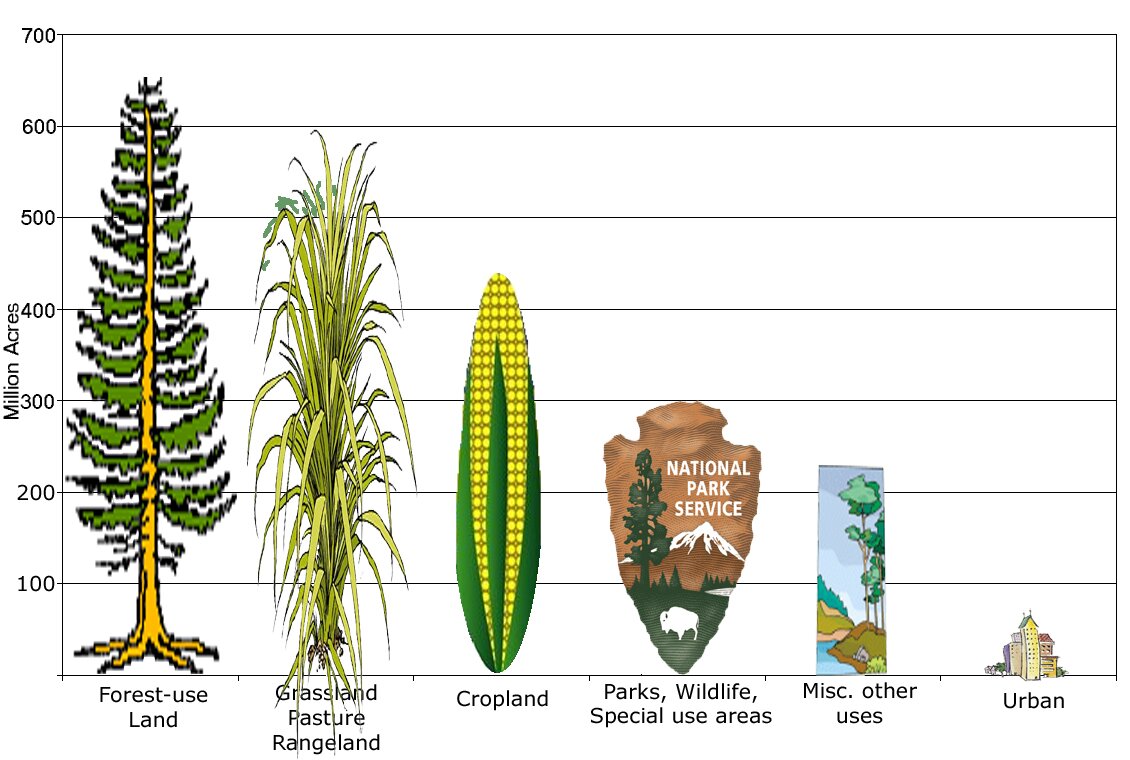 |

|
About The Private Landowner Network
By the late 1980s, the glimmerings of an alternative to traditional top down federal level conservation were emerging. The promise of local partnership initiatives from Maine to California and the wisdom of reaching out to private land owners was beginning.
In 1989 as Executive Director of the National Fish and Wildlife Foundation Amos awarded the foundationís largest grant to Andrew Sansomís Texas Parks and Wildlife Department to inaugurate a program for private landowner stewardship. Convinced that Texas, which is 98% private land, was the place to inaugurate programs that put private landowners front and center into the conservation equation. In the 1990s Amos initiated a comparable stream of grants in Maine, which is 97% privately owned, often in cooperation with the Fish and Wildlifeís Gulf of Maine Coastal Program office, which pioneered the use of GIS maps as platforms for local partnerships.
Amos made private land grants the paramount grant funding portfolio of the National Fish and Wildlife Foundation. Why? Because today private individuals own, protect, steward and work on over 61% of the land in the lower 48 states. Fifty percent of the United States, 907 million acres, is cropland, pastureland, and rangeland owned and managed by farmers, ranchers, and their families.  These 4.7 million landowners manage and protect most of our significant ecological resources:
These 4.7 million landowners manage and protect most of our significant ecological resources:
- over 70 percent of our wetlands and
- over 75 percent of our endangered species habitats.
The concept for creating the Private Landowner Network, stems from the combination of fifty years of environmental education, the existence of a strong regulatory framework, and the initiative of empowered landowners leading many individuals and communities to seek the high ground of conservation.
The successful inculcation of environmental principals into our collective national and individual psyches is one thing that is routinely overlooked. Today, most of us are far more environmentally sensitive than we were 50 years ago. We need the tools at our disposal and the freedom to act and initiate environmental stewardship. PLN provides the necessary information, partnership tools and associations, preferred provider expertise, funding sources (public and private), and the linkages necessary to enable private landowners and community assemblages to do conservation on their own terms.
| Affiliated Sites: | ||
 Conservation Tax Center Conservation Tax Center
 Cooperative Conservation America Cooperative Conservation America
 Maine Conservation Center Maine Conservation Center
 Houston Intra-Met Houston Intra-Met
 California Conservation Center California Conservation Center
 Mississippi Conservation Center Mississippi Conservation Center
 Arkansas Conservation Center Arkansas Conservation Center
 Resources First Foundation Resources First Foundation
|
||
| Our Supporters: | ||
   |
||
| Home | PLN Help | Why PLN | Contact | Donate | ||
|
|
||
| ©2006 Private Landowner Network. All rights reserved. | ||